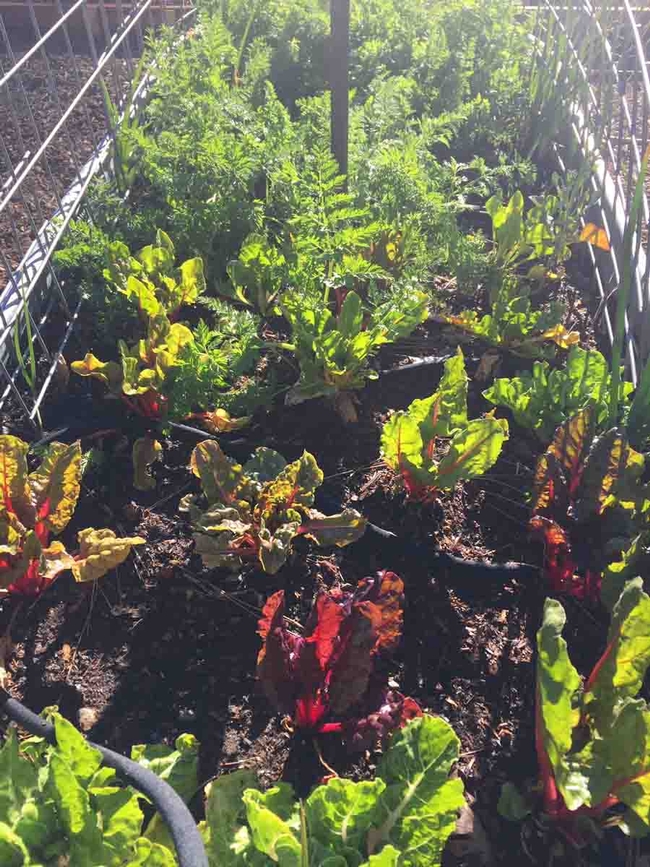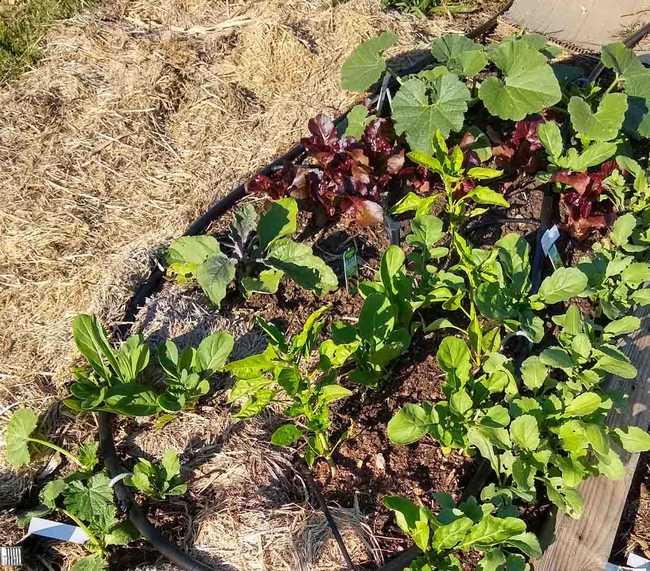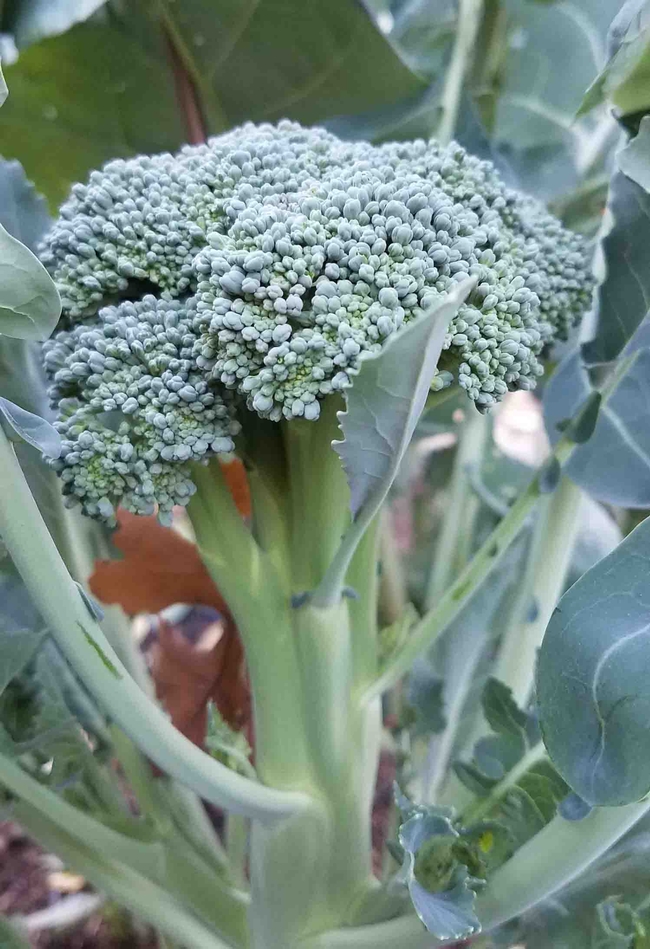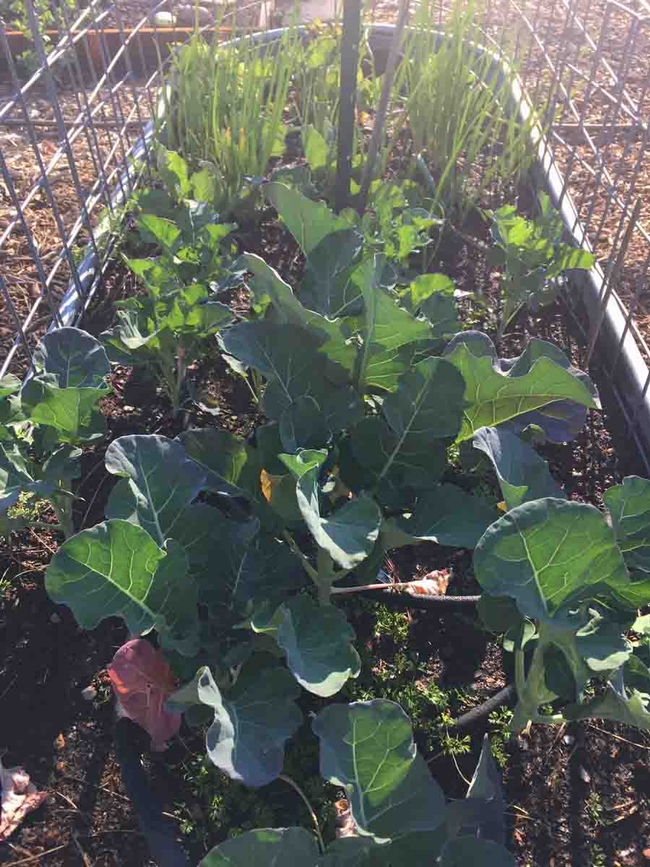Do you associate vegetable gardening with the heat of summer, like fireworks on the Fourth of July or the drone of air conditioners on an August afternoon? The amazing thing about California is that we live in a Mediterranean climate zone with hot, dry summers and mild, (hopefully) wet winters, where we can grow food all year. Although Mediterranean climate zones comprise only about 2% of the earth's land surface, they host 20% of all plant species, and California produces the majority of fruits, nuts and vegetables for the entire United States. No other state comes close to California's output per acre. If you have been thinking about growing a garden to provide food for yourself and your family, now is the perfect time to start.


To start a No Till garden, first mow or trim any vegetation as close to the ground as possible, then water thoroughly and cover the area with cardboard or thick newspaper, dousing the cardboard or paper with water as well. Next, add a four- to six-inch layer of compost mixed with garden soil or worm castings. Compost can be purchased, but you can also make your own for free (for details see Compost in a Hurry (ANR Publication 8037). The cardboard or paper beneath the compost will gradually decompose over a period of six to ten months, along with the roots and closely-cut remains of the weeds, lawn or plants underneath the cardboard.

Once, your garden area is prepared you're ready to plant! Think about the vegetables you and your family enjoy eating. Common cool-season vegetables that are planted in the fall include asparagus, beets, broccoli, Brussels sprouts, chives, cabbage, carrots, cauliflower, Swiss chard, kale, leeks, lettuce, onions, garlic, parsnips, peas, radishes, spinach, and turnips. Consult these Master Gardener planting guides for the valley and foothills of Butte County for information on the best months to plant, when you can expect to harvest your crop, and whether to sow seeds or use bedding plants.

Cool season vegetables grow best in early fall when the soil temperature is between 55 and 75 degrees Fahrenheit in the root zone (four to six inches below the soil surface). All cool season vegetables can tolerate light frost, and some, like broccoli, Brussels sprouts, kale, turnips, onions and garlic, for example, can survive even heavy frost. Keep in mind that once the weather turns wintery and soil temperature drops below about 50 degrees Fahrenheit, most vegetables grow very little or not at all until things warm up again in the spring. By getting your vegetables planted now, they will grow happily through the cool, crisp days of autumn until first frost, or even beyond! With a modest investment in seeds and bedding plants, you can put food on the table for yourself and your family, with the satisfaction of knowing you took that unused patch of dirt and transformed it into productive ground.
UC Master Gardeners of Butte County are part of the University of California Cooperative Extension (UCCE) system. To learn more about us and our upcoming events, and for help with gardening in our area, visit our website. If you have a gardening question or problem, email the Hotline at mgbutte@ucanr.edu or leave a phone message on our Hotline at (530) 538-7201. To speak to a Master Gardener about a gardening issue, or to drop by the MG office during Hotline hours, see the most current information on our Ask Us Hotline webpage.